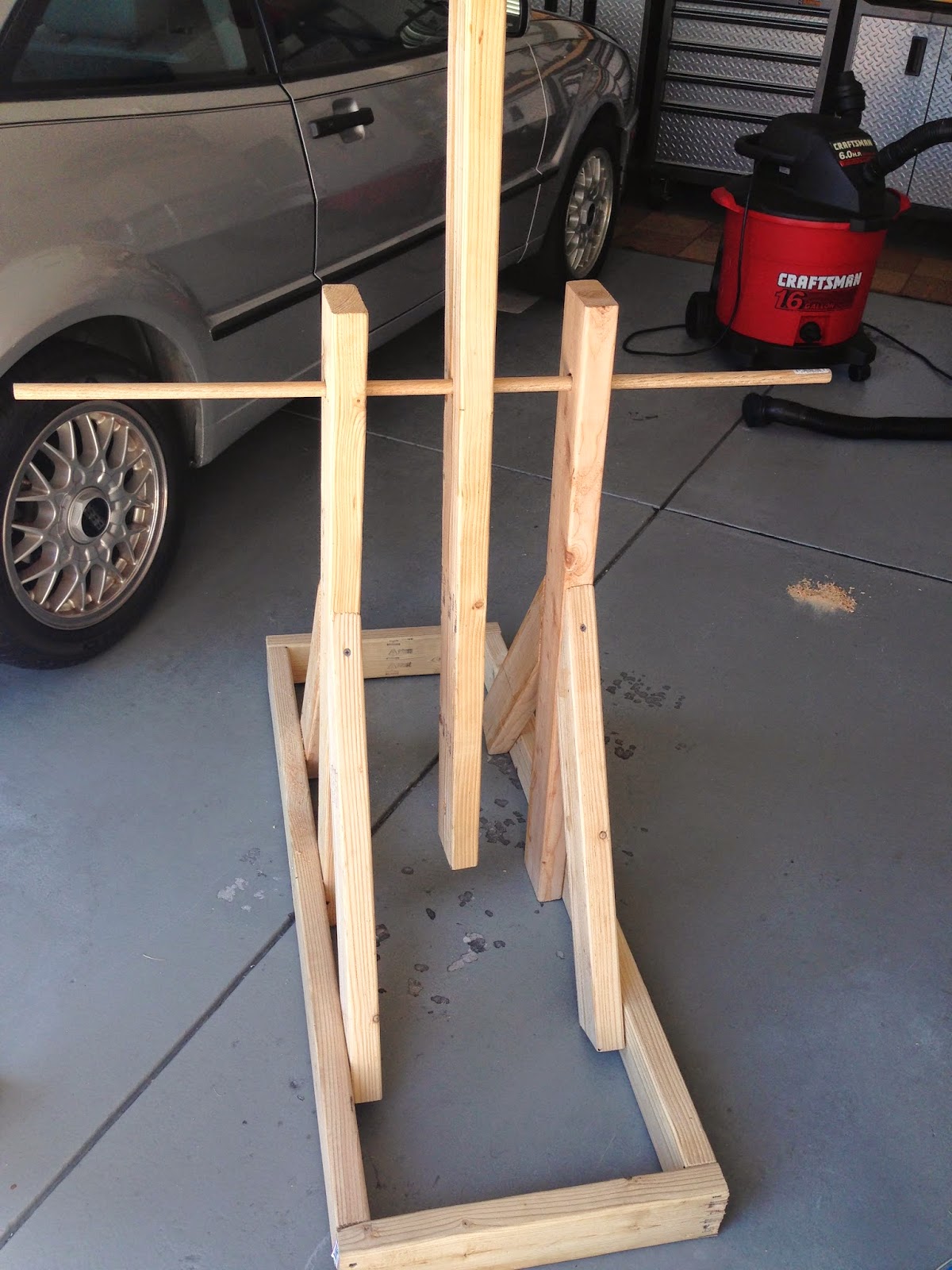Projectile Motion
A projectile motion is an object upon
which the only force acting is gravity, in this case the payload is a
projectile, due to the fact that once the force is acted upon it then it will
be air bound therefore the only force acting on it would be gravity. The only
thing acting on the water balloon, or any payload, is its inertia and gravity,
therefore Newton’s first and second law come into play. Some variables that
exist for projectile motion are air resistance, projectile speed, projectile
angle and gravity. The air resistance would move against the projectile the
amount of air resistance is determined through the mass of the object and other
factors, in this example it could be the wind. Another variable is the
projectile angle of the projection, the path that the object takes is usually determined
by what angle it was launched at, usually 45 degree angles work the best because
it is not to high or low. The projectile speed would be the amount of velocity the
object has, if it is high then it will go further. Gravity is what ultimately pulls
the path of the projectile closer and closer to the ground, without it it would
go on indefinitely.
A way to modify the projectile motion is by decreasing
the air resistance by performing launch in a windless room with little outside
forces other than the ones already present. The other modification would be the
projectile angle, if the angle is set to launch at 45 degrees than there
projectile will reach maximum distance from the catapult.

















